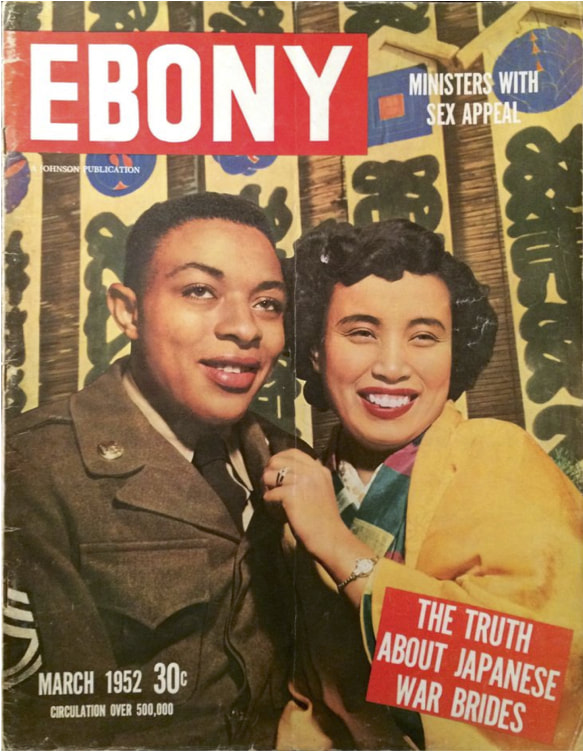Race, Reproduction and Family Romance in Moreau de Saint-Mery’s Description. ..de la partie francaise de l’isle Saint Domingue
Eighteenth-Century Studies
Volume 38, Number 2, Winter 2005
pages 227-246
DOI: 10.1353/ecs.2005.0008
Doris Lorraine Garraway, Associate Professor of French
Northwestern University, Evanston, Illinois
This paper analyzes the colonial jurist and historian Moreau de Saint-Méry’s racial classification system with an aim to disclose its ideology of family romance and reproduction. By examining the sexual allegory implicit in the tabular demonstration of métissage, I argue that Moreau’s racial science represents a sexual fantasy for white colonials whose libertine practices threatened the fragile demographic balance of colonial society. Moreau de Saint-Méry revises Enlightenment ideas about racial degeneration and infertility to arrive at an original hypothesis for the biological reproduction of colonial humanity, one that places the control of such procreation squarely in the hands of white men.
The publication in 1797 of the colonial jurist and historian Médéric-Louis-Élie Moreau de Saint-Méry’s Description topographique, physique, civile, politique et historique de la partie française de l’isle Saint-Domingue represented a milestone in Enlightenment racial theory. Within the first volume of the encyclopedic account of the colony on the eve of the Haitian Revolution, there appeared a systematic classification of human variety in the colonies, unprecedented in its scope and detail. Expanding on previous taxonomies of De Pauw and Hilliard d’Auberteuil, and borrowing from eighteenth-century innovations in algebra and statistics, Moreau devised an exhaustive tabular, arithmetic and narrative typology of “nuances of the skin” along a continuum between white and black. Comprising nearly twenty pages, this attempt to delineate and classify human color variation in the colony of Saint-Domingue represented much more than an experiment in Enlightenment rationality or the science of amalgamation. By meticulously theorizing the genealogical progression between black and white, Moreau de Saint-Méry fixated on the one difference that carried political consequences in Saint-Domingue—that between white and non-white, or “sang-mêlé” (mixed-blood).
In the decades leading up to the Haitian Revolution, whites faced increasing challenges to their economic and political supremacy from the growing class of free people of color. As established slaveholders, planters, entrepreneurs, skilled laborers, artisans, and military leaders, they had acquired considerable wealth and property in land and slaves. As such, they aspired to the same political recognition and elite titles and offices held by whites. While mulatto activists such as Julien Raymond traveled to Paris to petition the royal government on behalf of free people of color, those at home sought to improve their position by building social networks, sending their children to be educated in France, adhering to French moral codes regarding marriage and legitimacy, and, in some cases, marrying their daughters to white men. The social ambitions of free people of color did little to quell the long-standing controversy over the prevalence of interracial sexual relationships in Saint-Domingue. In addition to engaging in sexual relations with slave women, elite white men frequently sought free women of color to serve as ménagères, their live-in housekeepers and lovers. In the late eighteenth century, colonial writers sensationalized mulatto women as icons of sensual pleasure and sexual excess, figures both loved and blamed for the luxury, indebtedness and moral laxity of the colony. Yet this stereotype concealed the fact that free women of color were among the most entrepreneurial and financially independent women in the colony, owing to their connections to white benefactors and their prevalence in urban marketing and commerce. While interracial marriage was never officially outlawed in the colony, the colonial leadership made many attempts to suppress the practice and in the end settled for a series of punitive measures against “misallied” white men. More difficult to control, however, was the massive increase in the population of free people of color in the last decades of French rule. In the two decades prior to the revolution, their numbers increased at nearly twice the rate of whites in the same period, such that by 1789 each population amounted to approximately 30,000 persons.
Faced with the population increase, social ambition, wealth and political demands of free people of color, the white elite responded with an extraordinarily oppressive regime of racially exclusionary laws intended to halt their advancement. Free people of color were forbidden to wear luxurious clothing, take the name of a white person, carry arms, practice certain professions and hold public office. By 1785, Moreau de Saint-Méry had become a leading figure of colonial jurisprudence. Born in 1750 to the white Creole elite of Martinique, Moreau had risen through the ranks of the magistrature to become a counselor on the Superior Court in Cap-Français, Saint-Domingue, and premier historian of colonial law. He was also a prominent figure of the colonial Enlightenment, holding memberships in the colonial Chamber of Agriculture and the Cercle des Philadelphes, later named the Royal Society of Arts and Sciences. This organization made Cap-Français a center of scientific debate, comparable in its time to Philadelphia and Boston. Moreau’s rise in the colonies was concomitant with his growing notoriety on the French political and cultural scene. In the 1780s, he took a leading role in the pre-revolutionary assemblies in Paris as a spokesperson for the colonial elite, arguing polemically against mulatto rights and the proposals of the Société des Amis des noirs. His address of May 12, 1791 provoked Robespierre’s famous speech calling for the end of the colonies should they compromise revolutionary principles…

